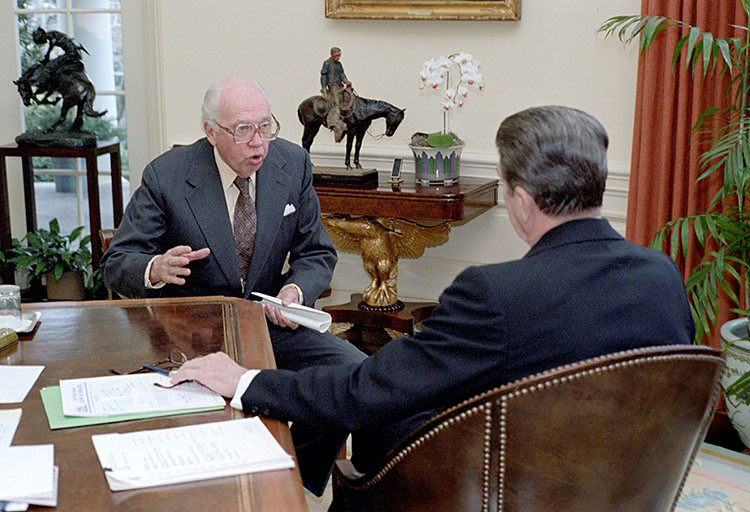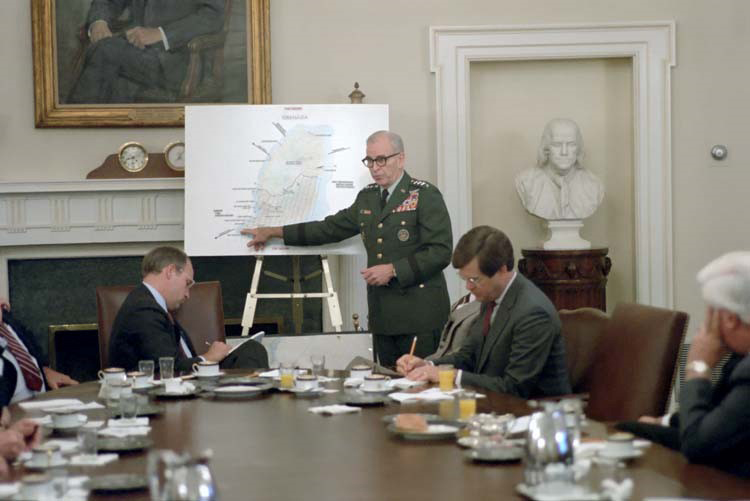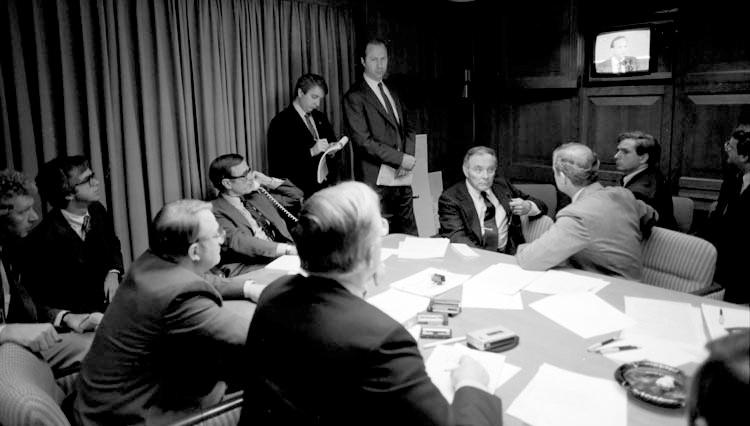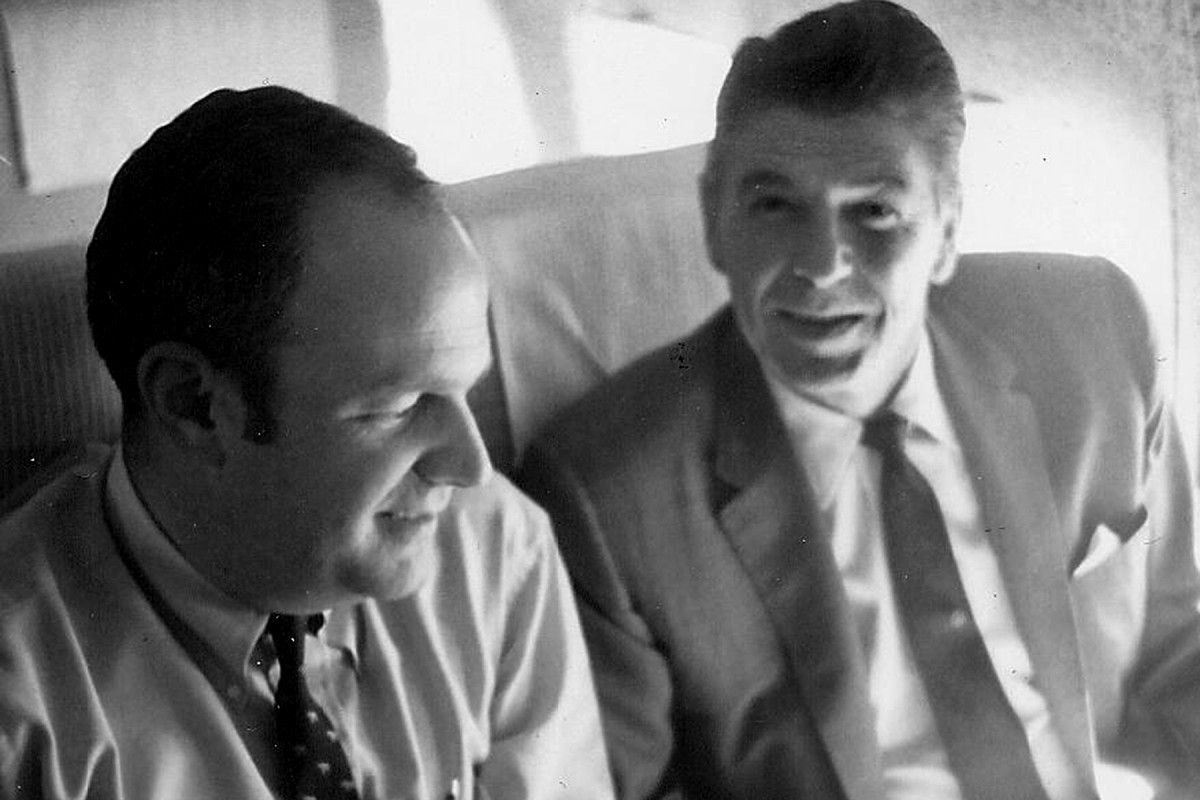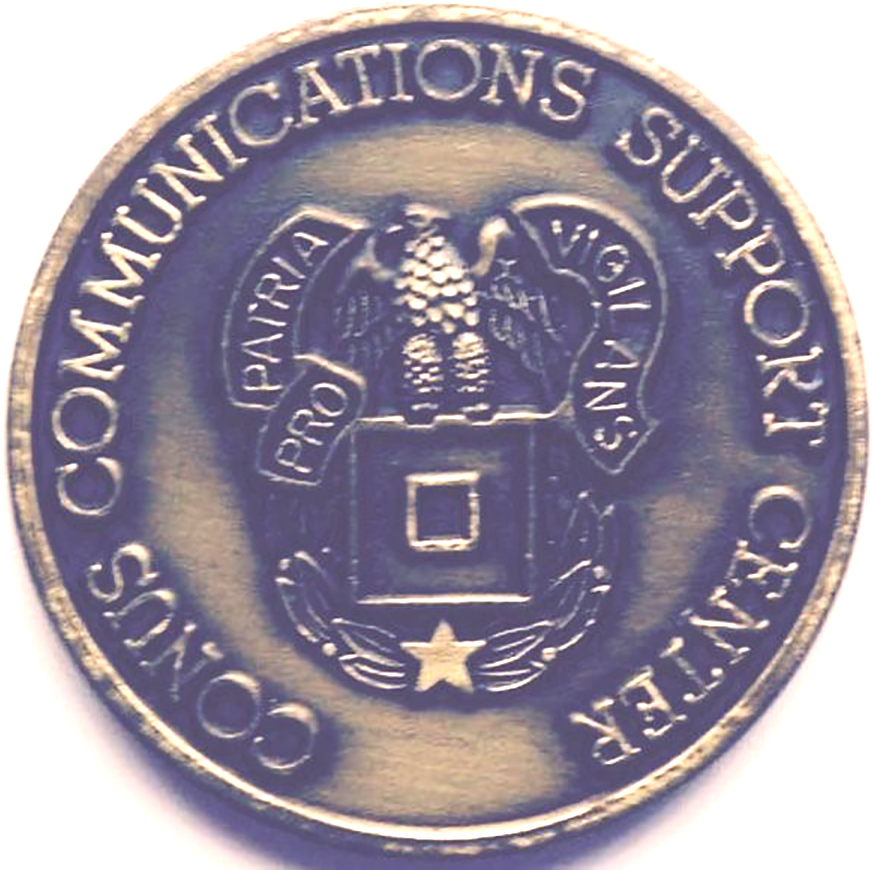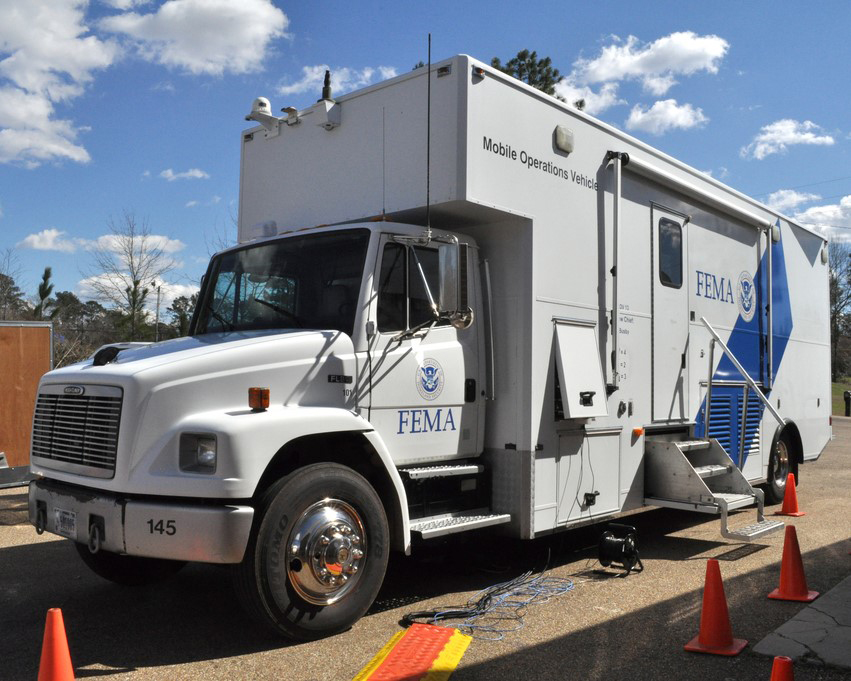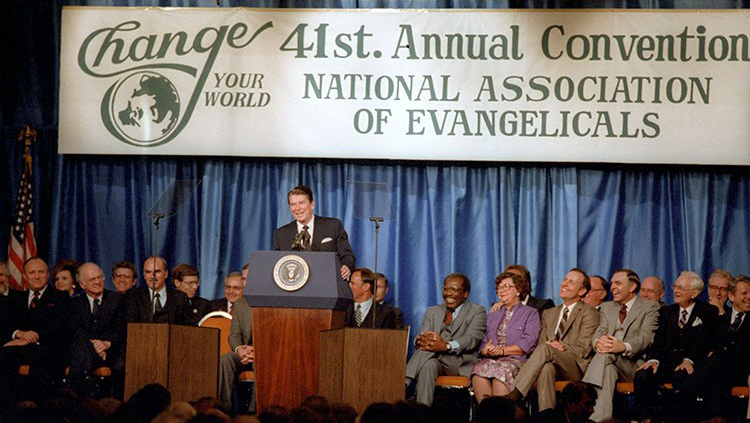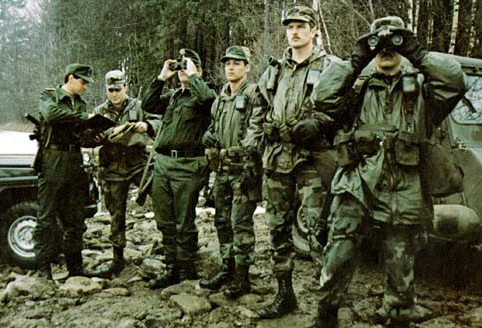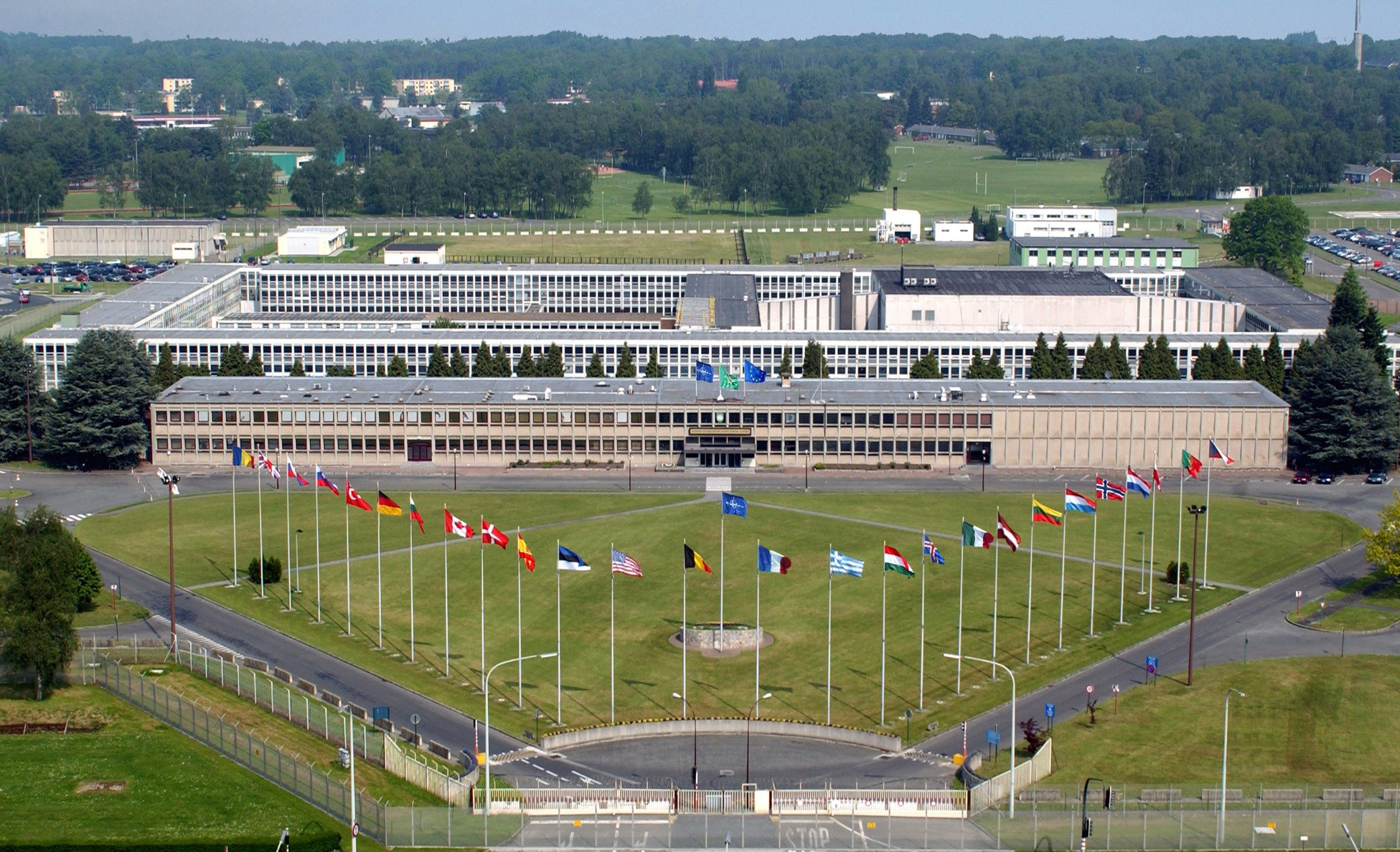
Well into his presidency, Ronald Reagan would cite the book that most influenced his identity: a from–the–bootstraps tale of good triumphing over toil and evil by Harold Bell Wright called That Printer of Udell’s. Reagan would have likely read the book in the form presented in this edition.
Despite a hawkish reputation and a heroic history of aggressive spymastering, Reagan’s CIA director, William Casey, was seen by rivals inside the administration as a relatively honest broker of intelligence information during Reagan’s first term. Ronald Reagan Presidential Library
General John Vessey, the chairman of the Joint Chiefs of Staff and one of the key architects of President Reagan’s first SIOP. Ronald Reagan Presidential Library
As President Reagan recovered from an assassin’s bullet, his senior staff tried to make sense of the world from the White House Situation Room. Somewhere under the desk pictured here is a duplicate nuclear football, brought to the room by National Security Adviser Richard V. Allen, just in case. Ronald Reagan Presidential Library
Thomas C. Reed trained as an engineer; developed an expertise in spy satellites, communication, and nuclear weapons; and was entrusted by President Reagan with the most secret program of his presidency, Project Pegasus, which would ensure the survival of the presidency even if Washington, DC, were obliterated. Thomas C. Reed
A military challenge coin shows the logo of the CONUS Communications Support Center, the cover designation for units involved with President Reagan’s shadowy Pegasus project.
Most of the Reagan-era Pegasus effort to provide a fail-safe emergency government-in-waiting was dismantled by President Clinton in 1993, and some of its functions were transferred to FEMA. But its legacy endures: FEMA’s Mobile Emergency Response Support convoys, of which there are at least six, would fall under the control of the White House Military Office during national emergencies, giving the president a mobile command post along the lines of the one Thomas Reed envisioned. FEMA
President Reagan did not think his speech to the National Association of Evangelicals would come to define his first term, but his speechwriting staff hoped otherwise: they saw it as pivotal in an effort to regain political momentum after the 1982 electoral success of the Nuclear Freeze movement. The world reacted to the term “Evil Empire” with a mix of surprise and disdain. Reagan would later insist that he owned the phrase and found no reason to apologize for it. Ronald Reagan Presidential Library
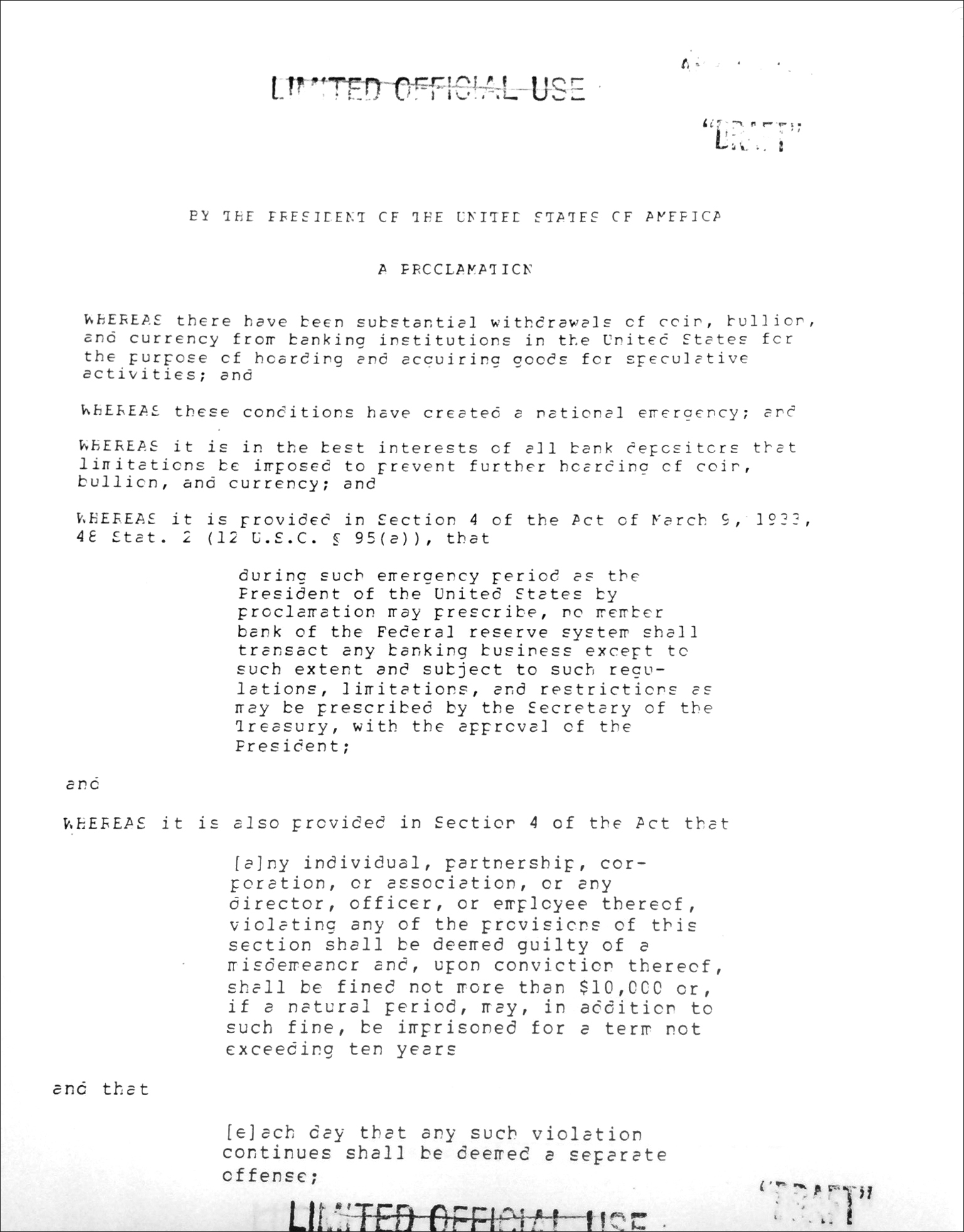
The public has never been privy to the text of a Presidential Emergency Action Document (PEAD), a series of which endow the chief executive with extraordinary powers during existential emergencies. This draft PEAD, which was not put into effect, would have prevented Americans from hoarding currency during a nuclear war. Ronald Reagan Presidential Library
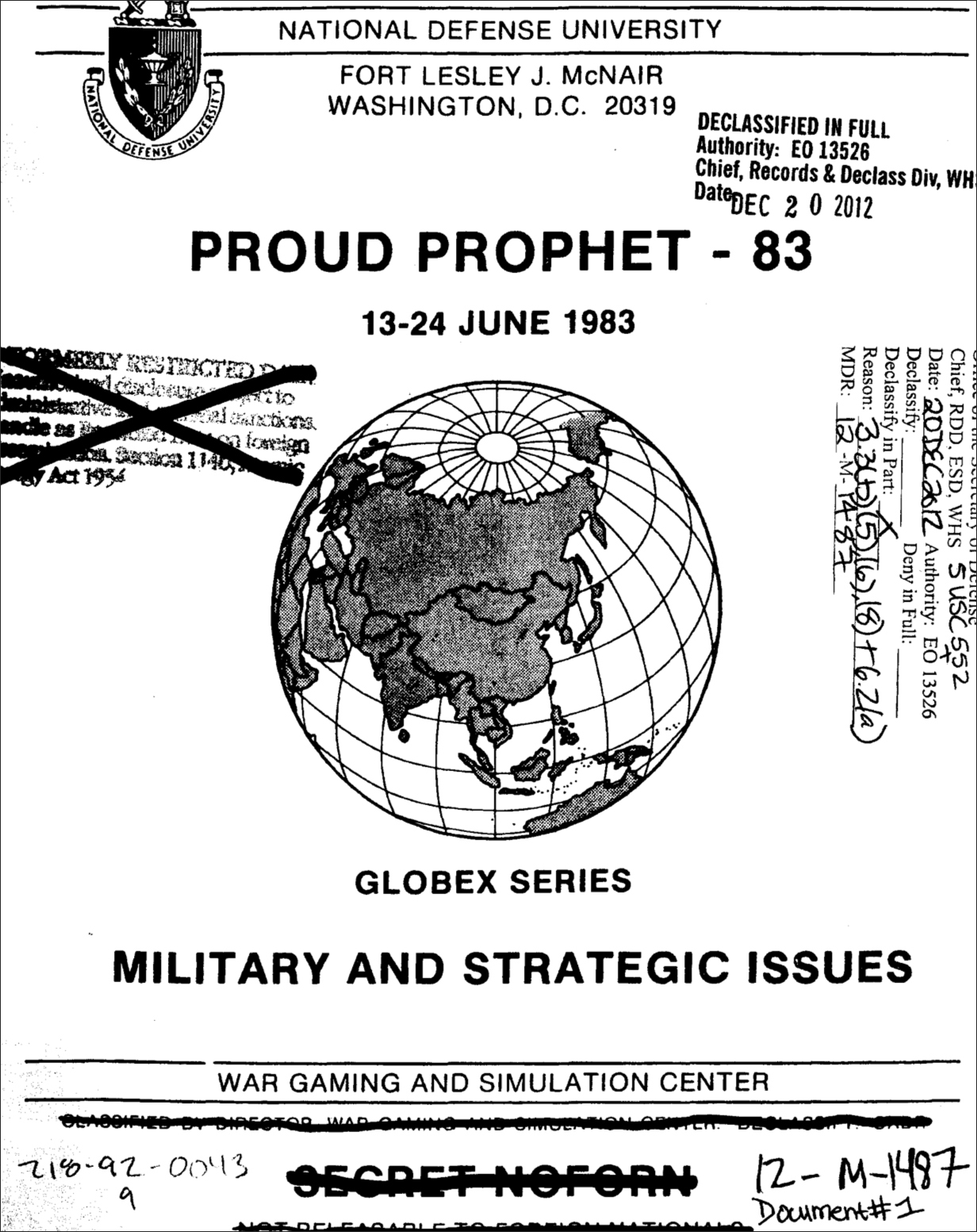
In the summer of 1983, senior members of the Pentagon, including Defense Secretary Caspar Weinberger, participated in one of the largest tabletop war games organized to date. Almost every player left the exercise with a staggering sense of how inadequately prepared the military and civilian leadership was to ever prosecute a nuclear war against the USSR. Department of Defense
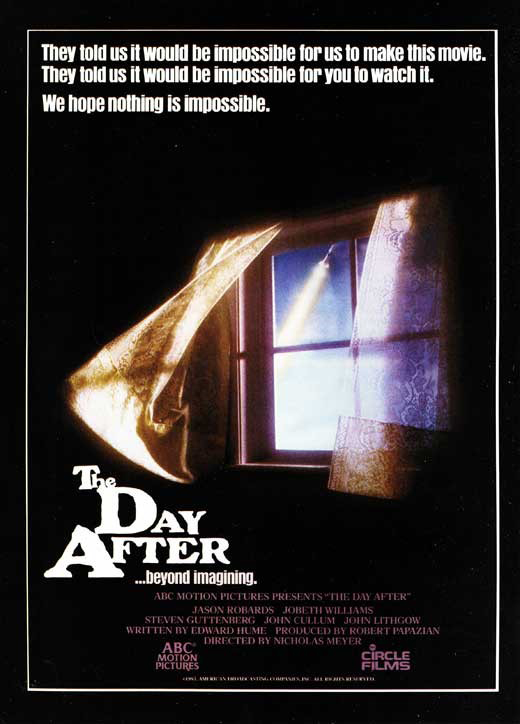
The Day After, a film about the aftermath of a nuclear exchange between the USSR and the United States, was broadcast on ABC in late November 1983. It remains the most watched television movie in the history of broadcasting. President Reagan screened it at the White House, finding it unsettling. His advisers debated how the White House should respond to public anxieties about the film. Creative Commons license
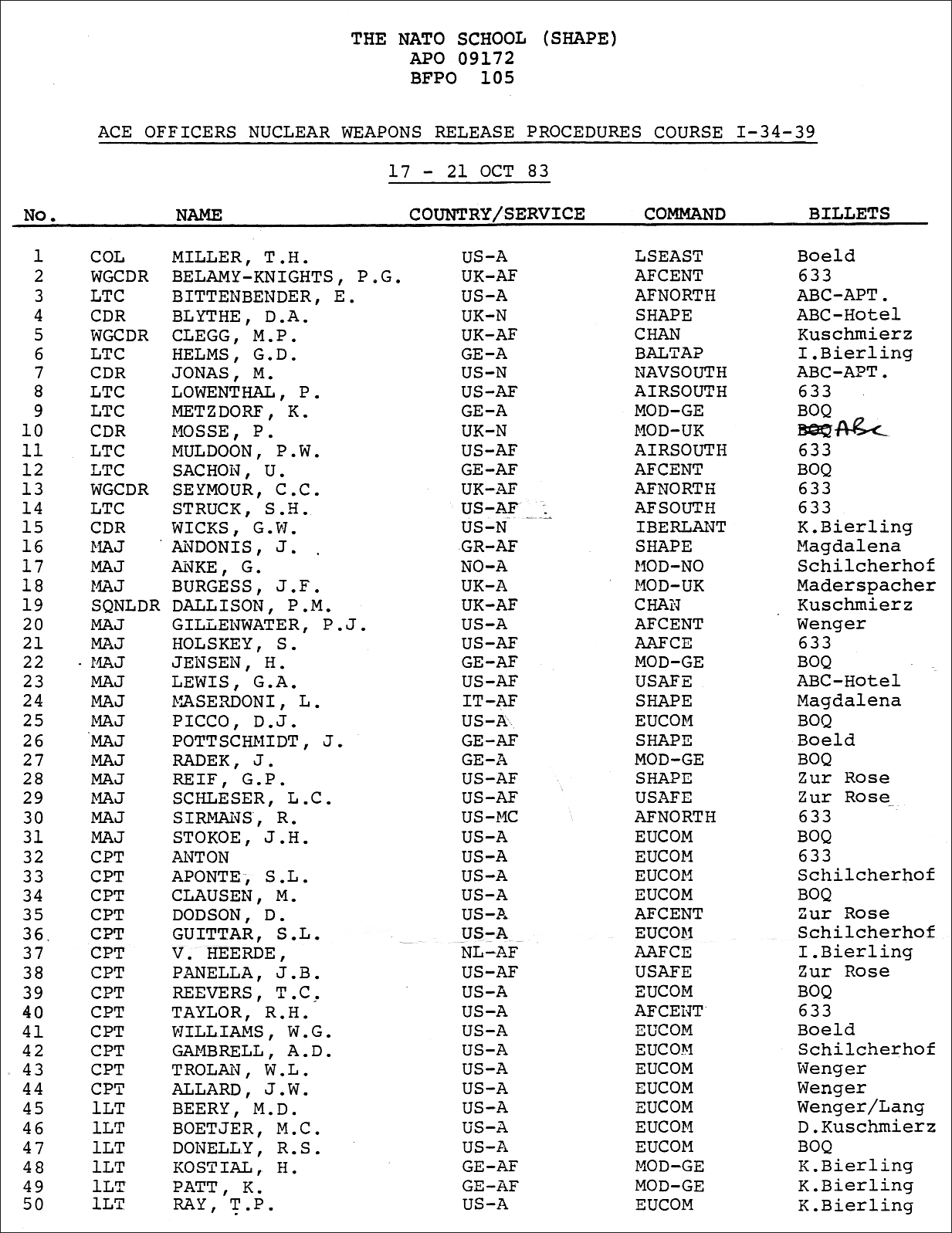
Even relatively low-ranking American officers had to be trained in the complex procedures designed to authenticate nuclear orders. Many were less than twenty-five years old and were given responsibility for warheads that could kill millions. Lee Trolan Collection

The syllabus that Captain Lee Trolan and others followed at NATO nuclear weapons release procedures school. The new procedures were first used in the Able Archer ’83 exercise two weeks later, confusing and probably scaring the Soviet and East German intelligence agencies, neither of which had managed to get their own spies to tell them about the change. Lee Trolan Collection
The border between the Germanys served as the locus for World War III planning. Here, a German Federal Border Guard unit conducts a joint patrol with the 2d Armored Cavalry Regiment in March 1983. US Army
NATO’s headquarters in Casteau, Belgium, the command post for Able Archer ’83 exercise. NATO
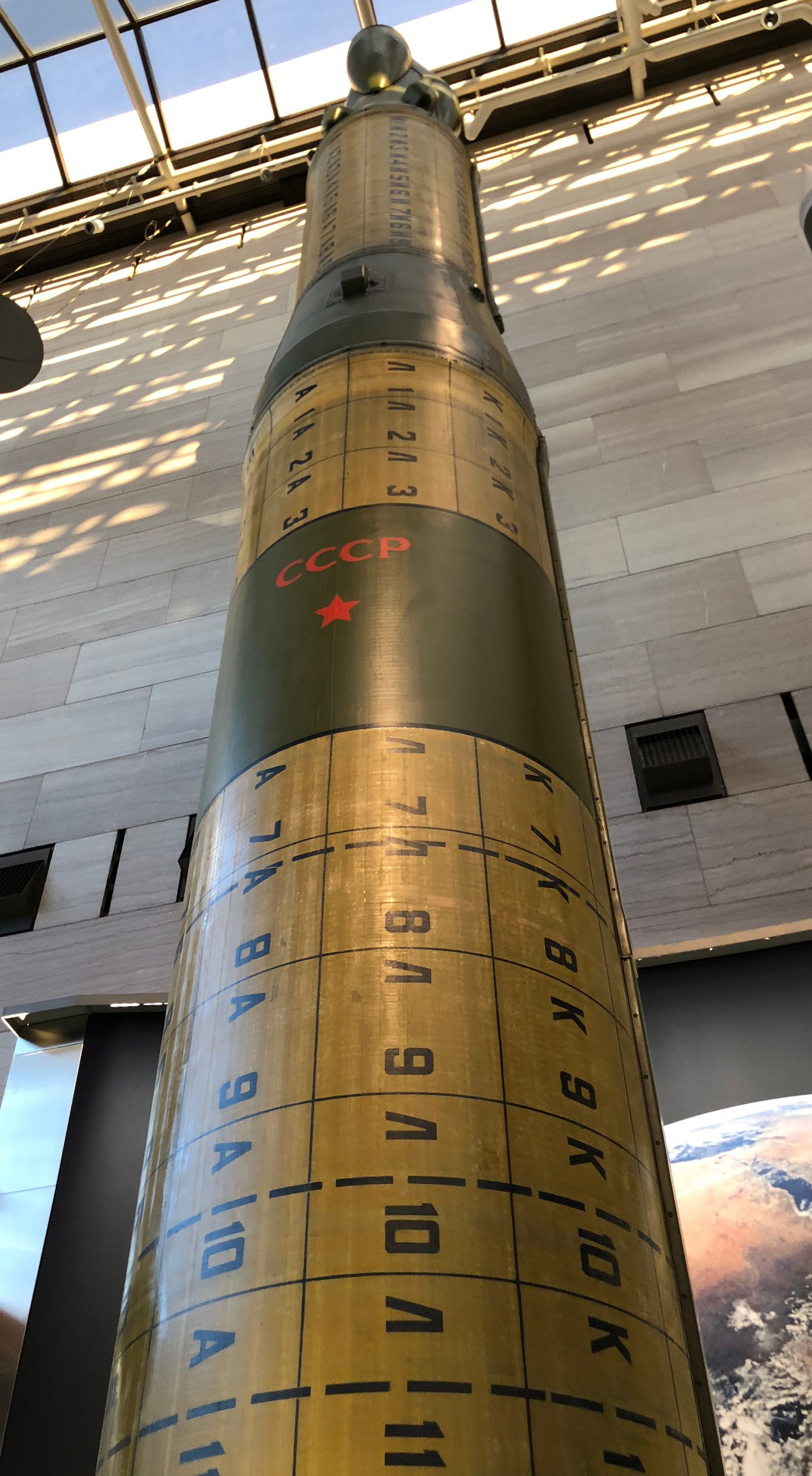
The Soviet SS-20 Intercontinental Ballistic Missile menaced NATO countries until 1988.
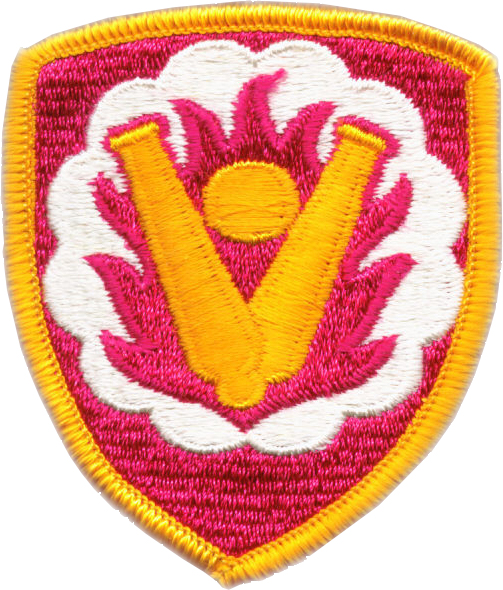
The official unit patch of 59th Ordinance Brigade’s 501st Army Artillery Detachment, which controlled nuclear weapons in the Fulda Gap. U.S. Army

